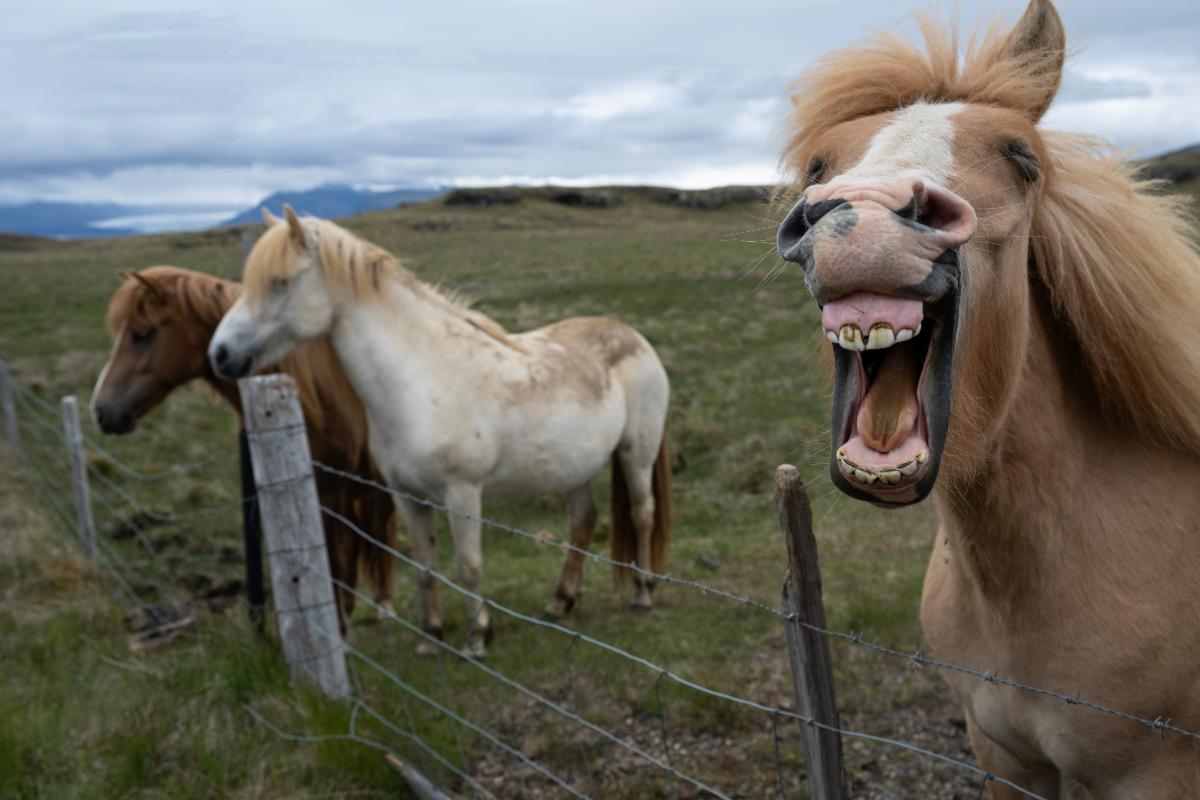Pointers By Paul's Photo
How to Photograph Milky Water
We are often asked “how do you get those amazing milky water photos.” You know, the waves or rivers or waterfalls that look so beautiful and ethereal. The secret is a long exposure (very slow shutter speed) with the camera on a tripod, so the water blurs while the camera shutter is open. Dawn and dusk or in deep shade slow shutter speeds are the norm. Sunlight is a big challenge. Adding a Neutral Density filter to your lens makes the milky water picture in daytime possible and gives you control over the water blur.


Neutral Density filters reduce the amount of light through the lens allowing for longer exposures even in bright light. Neutral Density filters (ND) are available in a variety of strengths and even variable-density. ND filters are rated by the exposure factor (amount of light lost). An ND filter with 1-stop of light loss has a 2x exposure factor (shutter speed is twice as long), 2-stop loss = 4x and 3-stop loss an 8x exposure factor. ND filters are also rated by the Kodak Wratten scale (1-stop = 0.3ND, 2-stop = 0.6ND, 3-stop = 0.09ND). How ND filters are designated is cumbersome but what you need-to-know is how many stops of light are lost, and how many shutter speeds will be added to your exposure to enhance your milky water effect.



To blur water shutter speeds of one-quarter second to 30 seconds are recommended. To achieve these great photos you’ll need a sturdy tripod, wired remote release and disabling (OFF) vibration reduction or image stabilizer in your camera. Under overcast or shady light a 3-stop or 4-stop ND works best (8x or 16x, 0.9ND or 1.2ND) to create the proper exposure. In sunlight a 9-stop or 10-stop ND works (500x or 1000x, 2.7ND or 3.0ND) to allow for long exposure under bright light. When using a 9-stop or 10-stop ND some cameras require manual focus and manual exposure. Test with your camera to see if Auto-Focus and Auto-Exposure work as desired. If you can’t decide you can also choose a Variable-Neutral Density (VND). A VND rotates and can be continuously adjusted from 1 to 5 or 1 to 7 stops ND. VND’s are also very popular with Cinema and Video creators to control frame rate and aperture.


What subjects work best? Waterfalls, cascades, flowing creeks, crashing waves, retreating tides and fountains all look fantastic with the milky water effect. Blurry water is not enough to make a great photo. Consider the composition and framing, movement and lighting effects and your story telling elements to grab the viewer’s attention. My landscape camera kit always includes a Neutral density filter or two!

Latest Posts
Blog series





















%20(1).png)
%20(1).png)
.png)